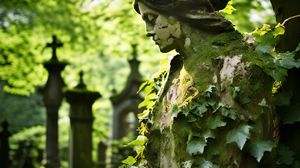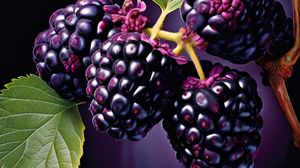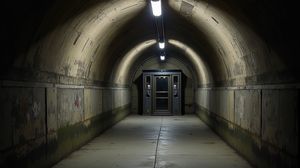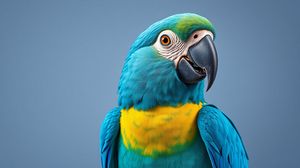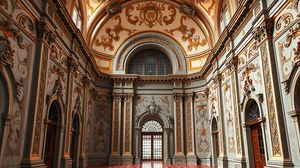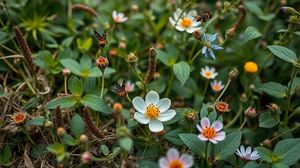
New Cross Gate Cutting, also known as Brockley Nature Reserve, is a 4.2-hectare haven of biodiversity located between New Cross Gate and Brockley stations in South London. Managed by the London Wildlife Trust, this site is recognized as a Site of Metropolitan Importance for Nature Conservation, underscoring its ecological significance in an urban setting.
The reserve is primarily an oak woodland, interspersed with open glades of grassland, supporting a diverse range of plant and animal life. Over 170 species of flowering plants have been recorded here, including some that are locally rare. The rich vegetation provides a habitat for various bird species, such as great spotted woodpeckers, chiffchaffs, and song thrushes, making it a popular spot for birdwatching enthusiasts.
Historically, the cutting was excavated in 1838-39 as part of the London and Croydon Railway, following the route of the earlier Croydon Canal. The isolation of the steep railway banks allowed the area to develop into a significant woodland over time, transforming into a valuable wildlife site. In 1987, the London Wildlife Trust took on the management of the area to protect its natural beauty and ecological health.
Access to New Cross Gate Cutting is typically restricted to preserve its delicate ecosystems. However, the reserve occasionally opens to the public during special open days and volunteer workdays, providing rare opportunities for visitors to explore and support its conservation. The entrance is located on Vesta Road, with New Cross Gate and Brockley being the nearest stations.
Visitors during open days can experience a serene retreat within the bustling city, discovering a rich variety of plants and animals. The reserve's biodiversity and historical context provide a unique glimpse into London's natural heritage, highlighting the essential role of urban green spaces in supporting wildlife and offering city residents a connection to nature.

Making the Most of Your Visit:
The reserve isn't always open to the public, so keep an eye out for their special open days or volunteer workdays. Sign up to the London Wildlife Trust newsletter or follow them on social media to get the latest updates – it's worth it for the chance to explore this hidden gem.
When you do visit, make sure to bring along a pair of binoculars or a good zoom lens camera. The reserve is a haven for birdwatchers with its diverse range of bird species. You might catch sight of a great spotted woodpecker or a song thrush.
Wear sturdy footwear as the paths can be a bit uneven and muddy, especially after rain. It's a natural haven left mostly untouched, which is part of its charm, but it means the terrain isn't always smooth.
If you're a plant enthusiast, do a little reading up on local rare species before you go. With over 170 flowering plants recorded, having an idea of what to look for can make your walk even more rewarding.
Remember to respect the space – it's a delicate ecosystem. Avoid disturbing wildlife or picking plants. Enjoy the environment and take photos, but leave everything as you found it to help preserve its ecological balance.

Visiting Times & Costs:
The New Cross Gate Cutting is not routinely open to the general public in order to protect its sensitive natural environment. Access is generally limited to special open days or volunteer workdays organized by the London Wildlife Trust. It is essential to check in advance for these specific opportunities to visit.
The entrance to the site is free during these special openings, but visitors are often encouraged to support the conservation efforts through donations.
Due to its natural terrain with uneven and potentially muddy paths, the reserve may present accessibility challenges, particularly for those with mobility issues. Sturdy footwear is recommended for all visitors.
Always confirm the latest access arrangements before planning your visit, as details can change based on conservation needs and ongoing projects.

Address & Map:

Nearby:
